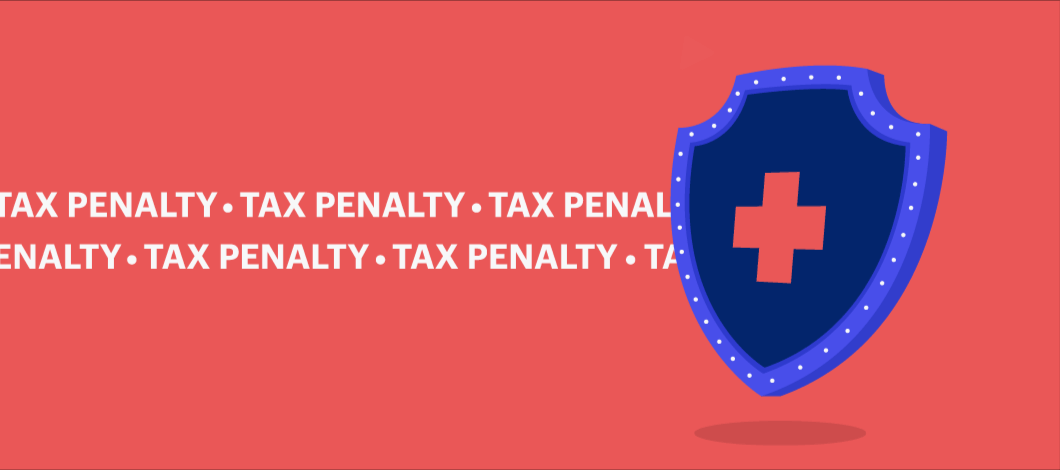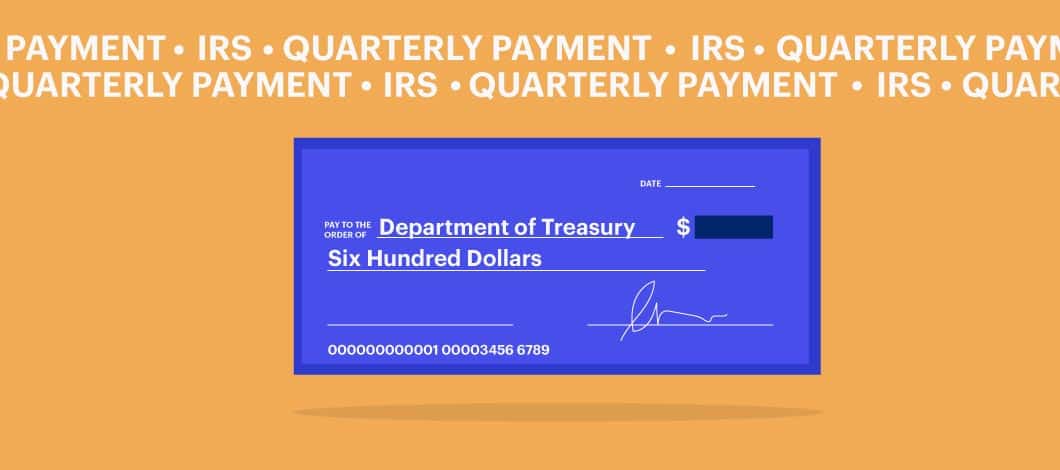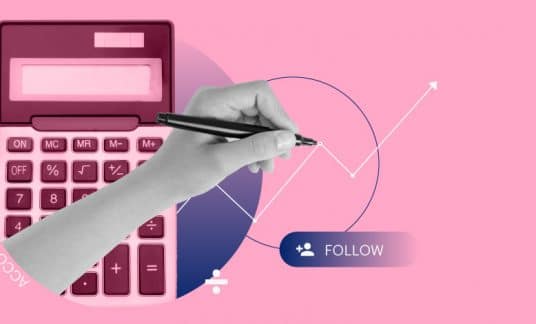Most taxpayers who work for a fixed wage have taxes taken out of their paychecks regularly. They file their tax return by April 15 and typically either owe the Internal Revenue Service (IRS) a small amount or get a refund. Nice and orderly. No pain.
Unfortunately, handling taxes isn’t so orderly for those who are self-employed or working as independent contractors. These taxpayers follow different rules and make estimated tax payments during the year. Get it right, and you have no problems, but get it wrong, and the IRS can impose stiff penalties.
IRS penalties for underpayment of taxes can be painful.
While you can’t escape paying the taxes you owe, if you plan ahead and follow a schedule of making the right amount of estimated tax payments on time, you won’t get penalized.
Here’s how to determine if you should be making estimated payments and how to avoid an underpayment penalty (or worse, an audit).
When to Make Estimated Payments to Avoid the IRS Underpayment Penalty
You may need to make estimated payments if you’re a self-employed independent contractor, a sole proprietor, a partner or an S-corporation shareholder.
Additionally, you’ll probably have to pay estimated taxes if you receive income not subject to withholding, such as:
- Taxable alimony
- Earnings from a business
- Interest income
- Dividends
- Rental income
- Gains from sales of stock or other assets
In some cases, when you have a fixed income with taxes being withheld, you may be able to increase these deductions enough to cover the taxes due on income that doesn’t have deductions. Each taxpayer’s situation is different, though, so you’ll have to do the calculations to find out if you need to make estimated tax payments.

How to Determine if You Must Make Estimated Tax Payments
The IRS wants you to pay taxes as you go. If you’re making the correct estimated payments, you should be current with your taxes due at filing time. If you haven’t made enough quarterly estimated payments or did not have enough tax withheld from other wages and sources of income, the IRS may impose a penalty for underpayment.
Answer the following questions to find out if you need to make quarterly estimated payments:
- Suppose you have federal income tax withheld during the year from wages or other types of income with withholding. At filing time, will you owe less than $1,000 in taxes for the year?
- If the answer is yes, then you don’t have to make estimated tax payments.
- You have federal income tax withheld from wages or other income sources with taxes being withheld. Will the sum of all the taxes withheld add up to at least 90% of the total tax you expect to owe for the tax year?
- If the answer is yes, you have met this requirement and don’t have to make estimated tax payments.
- Will the amount of your income tax withheld this tax year exceed 100% of the total tax you owed on the previous year’s return? Or, if you had adjusted gross income as reported on Line 8b of Form 1040 over $150,000 ($75,000 if married but filing separately), will the amount of taxes withheld be at least 110% of your tax liability for the previous year?
- If the answer is yes to both of these questions, you won’t have to make estimated tax payments.
If your answer was no to each of these questions, you’re required to make estimated tax payments by filing Form 1040-ES. You can avoid an IRS penalty by making sure your estimated tax payments plus withholding taxes for the year meet at least one of the above requirements.
-
Late-Payment Penalty
If you’re late making your tax payments by the due date, the IRS can impose a failure-to-pay penalty. (This is different from the failure-to-file penalty.)
The late-payment penalty is 0.5% of the tax owed after the due date for each month or part of a month the tax remains unpaid. The maximum late-penalty amount will not exceed 25%. Because fees accumulate over time, you’ll want to pay your taxes sooner rather than later, even if it’s after the deadline to file. Additionally, keep in mind penalties accrue interest, which can fluctuate throughout the year.
That said, if you can demonstrate a reasonable reason you could not pay on time, the IRS will waive the late-fee penalty.
How to Calculate Estimated Payments to Avoid the Federal Tax Underpayment Penalty
To estimate your tax liability for the coming year, start by reviewing your tax return from the previous year. Look at each source of income and review all deductions to get an idea if they will continue into the coming year or determine what changes you need to make. With this information, you can run through a hypothetical tax return and calculate how much you would expect to owe in taxes.
Compare your projected tax liability with the total tax you paid in the previous year and decide if you will base your estimated tax payments on 100% or 110% of the tax for the previous year. If you’re projecting your income to be lower in the coming year, you may want to base your estimated tax payments on 90% of your projected tax liability.
Typically, you will divide your projected tax liability by 4 and make equal payments each quarter. However, you could wind up making unequal payments if:
- You had a refund from the previous year credited to the current year’s estimated payments.
- You figured your estimated tax payments until after April 15, which is past the due date for the first payment, and you only have 3 quarters left to make payments.
- You had an unexpectedly large income in one quarter.
You can get a head start on your estimated payments for the year by applying last year’s tax refund, if any, to this year’s taxes.
Annualized Income Installment Method
You may qualify to use the annualized income method to calculate your estimated tax payments if your income is uneven over the year. This situation generally happens when a taxpayer owns a business with substantial income fluctuations throughout the year, such as a retail store with large end-of-year sales during the holiday season. Another example would be a retail store that sells surfboards in the Northeast, where sales would be high in the summer and very low in the winter.
The calculations to use the annualized income installment method are more complex than simply estimating your income each quarter and figuring the taxes on it. If you want to use this method, you should use the worksheet provided by the IRS in Publication 505 or consult your tax professional.
-
Underpayment Penalty Charges
According to the IRS, underpayment penalties are calculated based on the following:
- Amount of underpayment
- Period underpayment when due and underpaid
- Underpayment interest rate
For the fourth quarter of 2022, the corporate and noncorporate underpayment interest rate penalty was set to 6%. The rate of interest is subject to quarterly changes, however. For corporate and noncorporate underpayments, the calculation is based on the federal short-term rate, rounded to the nearest full percent, plus 3 percentage points.
How to Avoid a Tax Underpayment Penalty for Your Business
The most obvious way to avoid underpayment penalties is to make sure your quarterly estimated payments are:
- The correct amount
- Paid on time
But which method should you choose to ensure you’re making the right amount of payments and not getting penalized by the IRS?
The IRS has a “safe harbor” rule: The agency won’t charge you an underpayment penalty if you pay 100% of the tax due from the previous year if your adjusted gross income is $150,000 or less. However, if your adjusted gross income for the previous year was more than $150,000, you will need to pay at least 110% of your taxes due from the previous year to meet the “safe harbor” requirement.
If you meet either of these requirements, the IRS won’t penalize you for underpayment of estimated taxes, regardless of how much tax you owe in the final calculation.
If you expect to earn less this year than last year and don’t like paying more taxes than you think you will owe for the year, you can elect to pay 90% of the amount of the taxes you estimate you will owe for the year. However, if your estimate is wrong, and the total of your estimated payments and withholding taxes are less than 90% of your actual tax liability, the IRS may charge you an underpayment penalty.
To prevent this from happening, it would be a good idea not to make your payments too close to the 90% target and give yourself room for error.
If you expect your income to be higher this year than last year, aim to make estimated tax payments to cover 100% of your forecast for current year income tax liability.
You won’t be subject to an underpayment penalty if you didn’t owe taxes last year. To qualify for this exemption, you must have been a U.S. citizen or resident for the entire year.

Waiver of IRS Underpayment Penalty
The IRS will waive an underpayment penalty if you cannot make a payment because of a casualty, disaster or other unusual circumstance.
You also can have your underpayment penalty waived if you reach age 62 and retire or became disabled in the current tax year or previous year and meet both of the following conditions:
- You had a reasonable explanation for not making the payment.
- You did not willfully neglect to make a payment.
You can apply for a waiver by completing Part II of Form 2210.
Bypass the Penalty for Underpayment of Estimated Taxes This Year
The reality is that we all have to pay the taxes we owe eventually. Ignoring the problem won’t keep the IRS away. For self-employed taxpayers and independent contractors, the best approach is to anticipate the coming year’s tax liabilities and work the quarterly payments into your cash flow, so you’re prepared to send the check to the IRS and make the payments on time.
Failure to do so will only add to the problem when the IRS imposes stiff penalties for either underpayment or late payments. The good news is, you can avoid all of these problems by planning ahead.










